Man settlements on the table-land have very far origins. The oldest finds came to light in 1952 in Molveno Lake. They were fragments of pottery, and flintstone tools, rests of a Neolithic settlement. Those objects, nowadays in the Trento Natural Science Museum, allowed people to affirm that man was steasdily present in Valle delle Seghe bottom around 3000 B.C. and from there they moved after the landslide which created the Molveno Lake.
In 1979 in Fai nearby, the rests of a Retic village of the V-IV century B.C. were found. The strategic importance of the table-land can be tracked down from the great number of historical events which took place in this natural passage betwen the Latin and the German world, between the Po and the Adige valleys.
First the Longobards settled in 560 B.C., then the Franks conquered and destroyed the area in 590 B.C.
In the XIII and XIV centuries the struggle for power saw Trento diocese, Flavon and Tyrol earls involved in.
In more recent period they were Austrians and French who contended with the dominion of the area; and the fortifications along the Molveno Lake, built to stop Napoleon advance, are still there to testimony this events.
History of the Paganella plateau
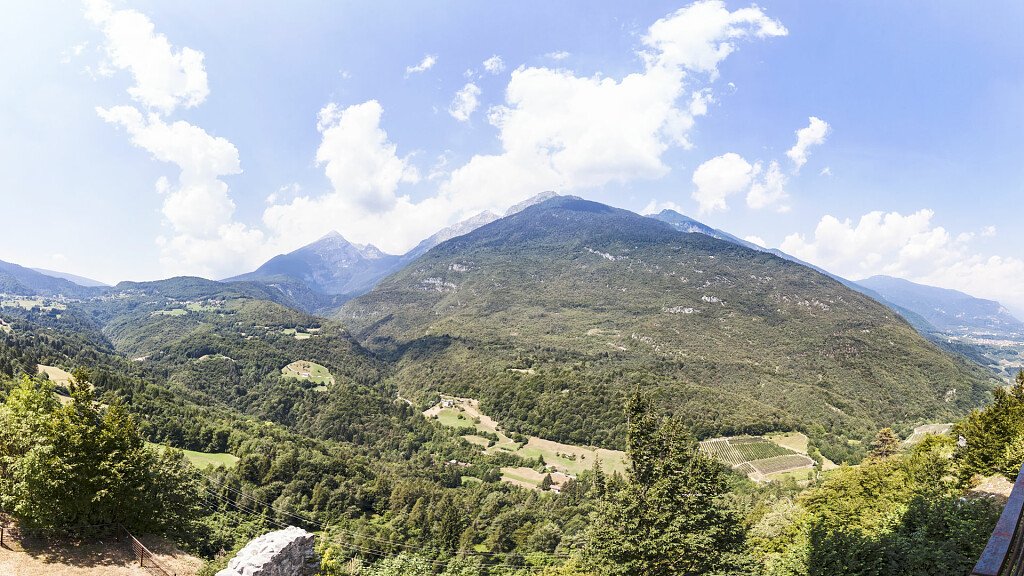

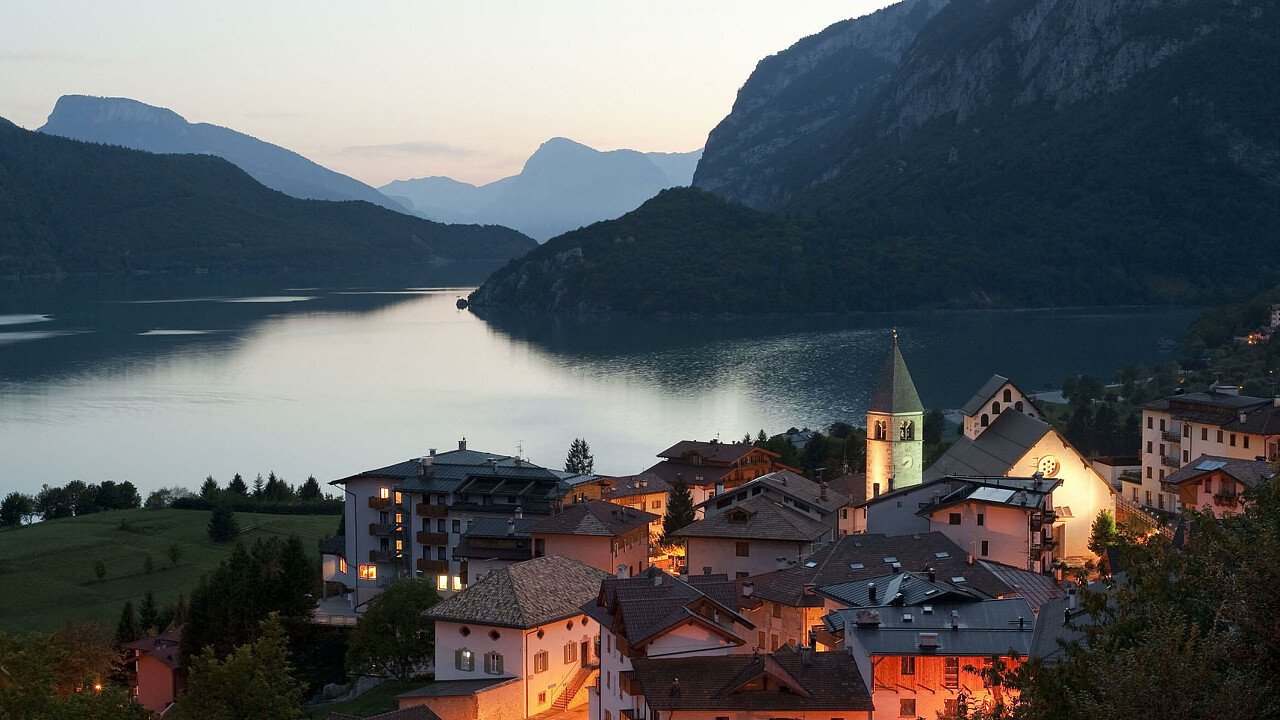
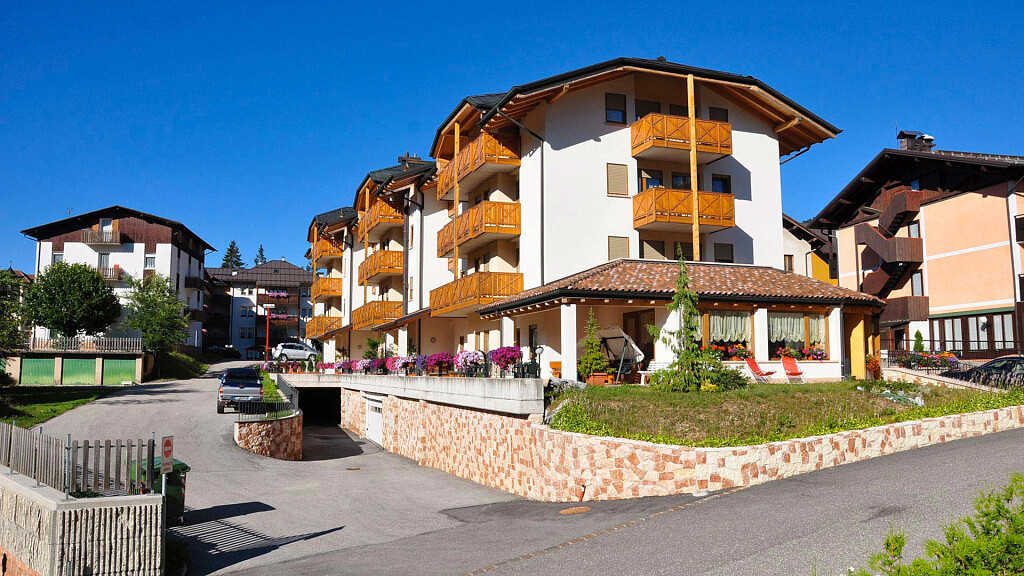
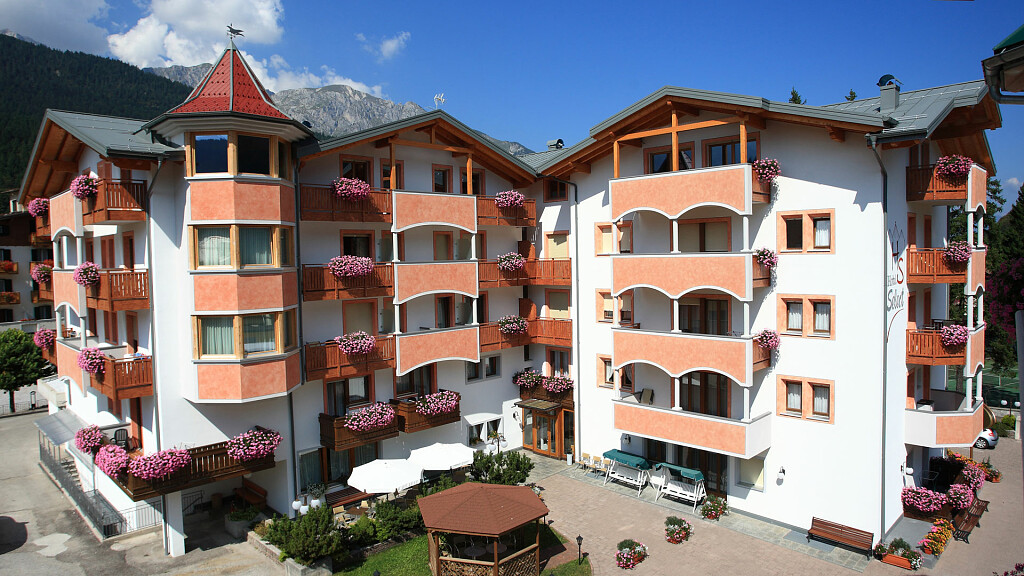
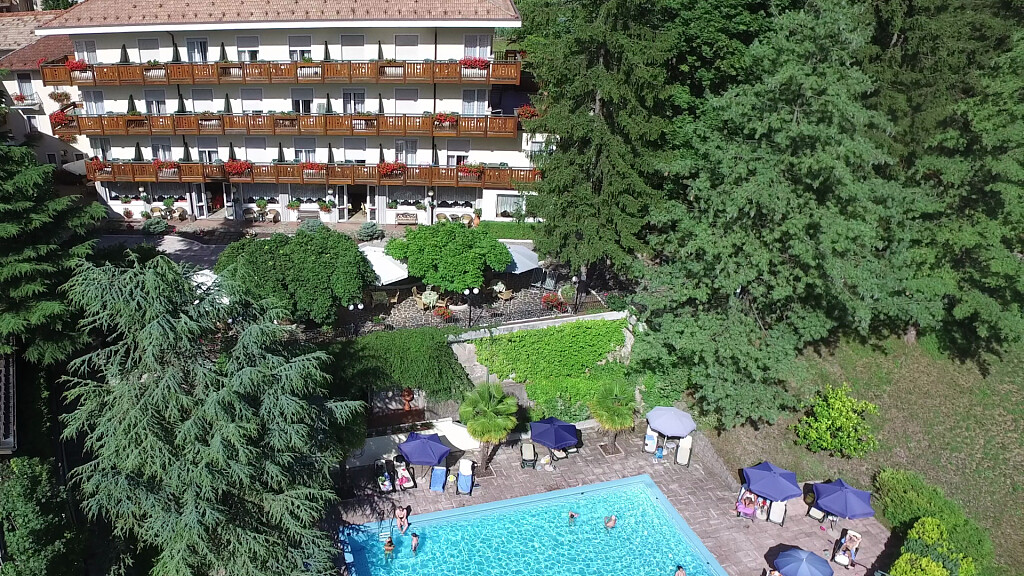

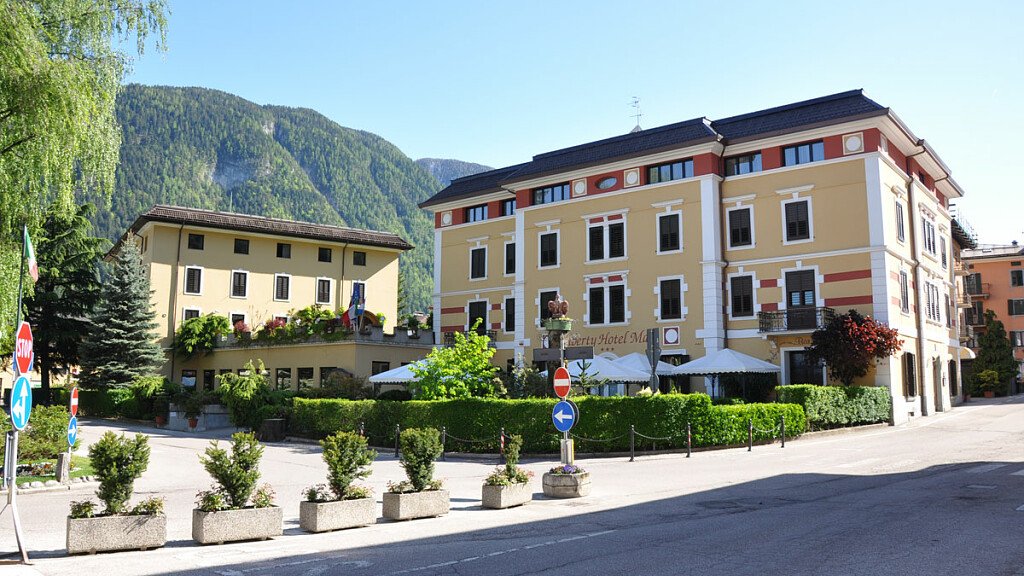
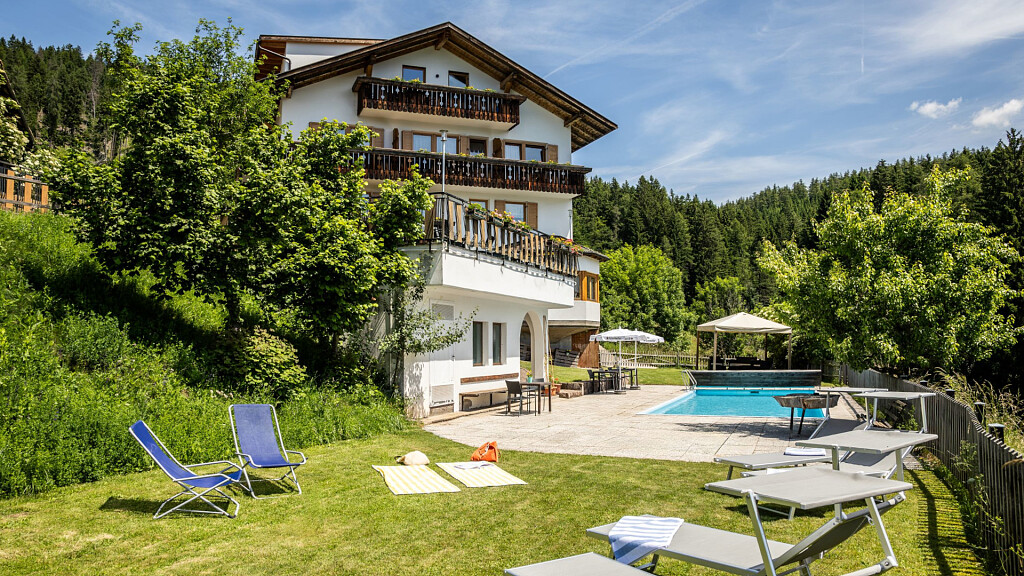
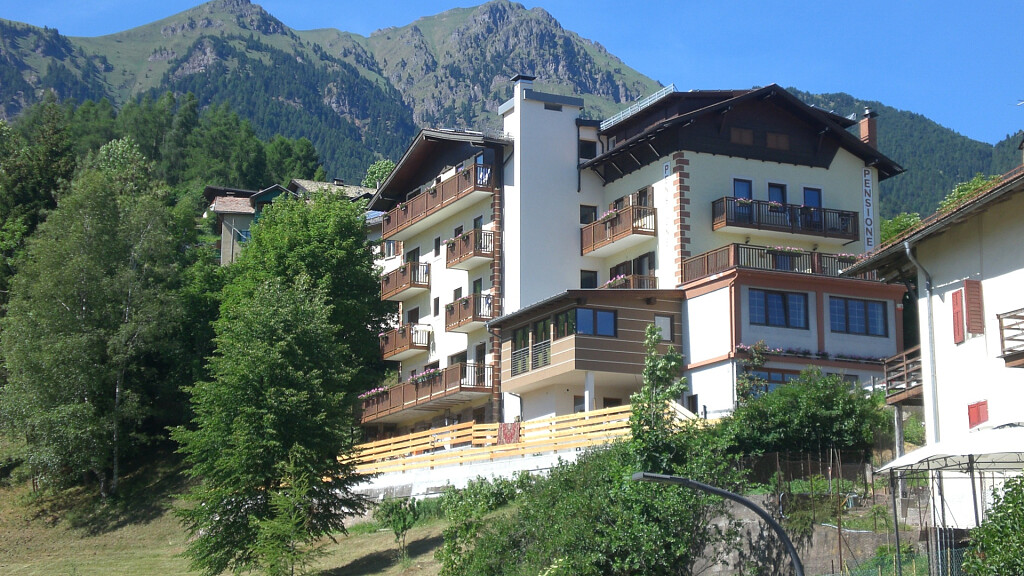

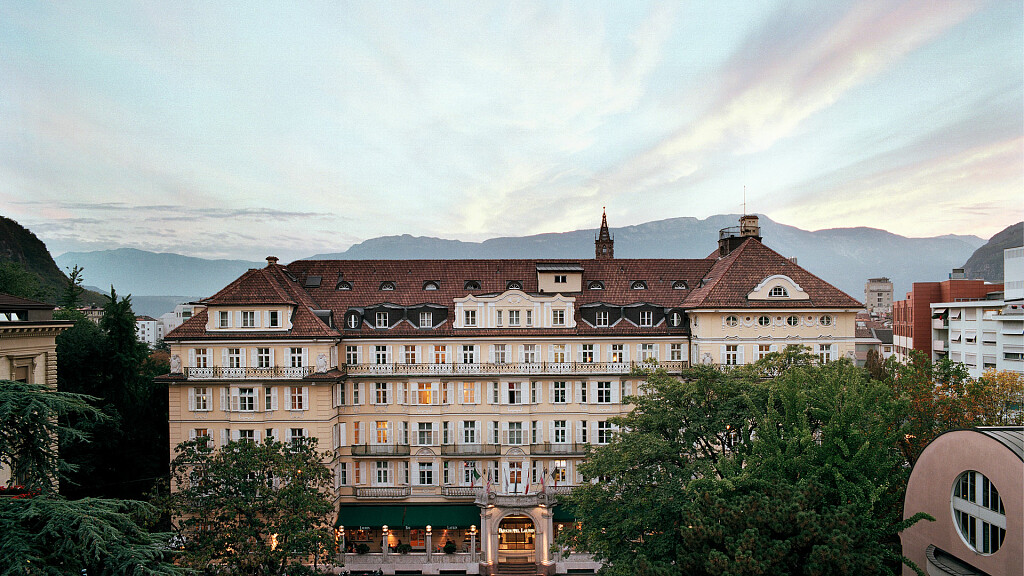

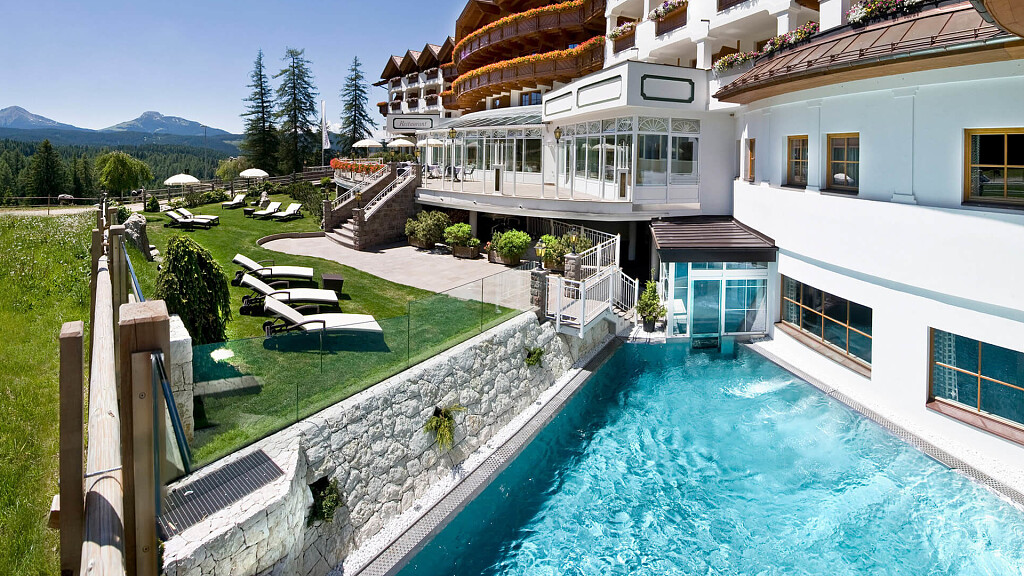
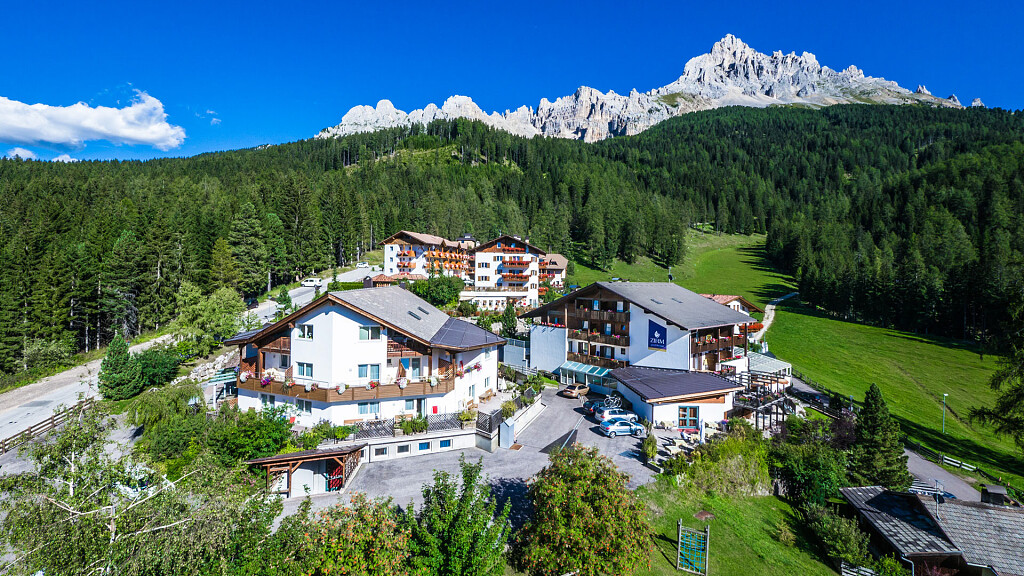


-tablet.jpg)